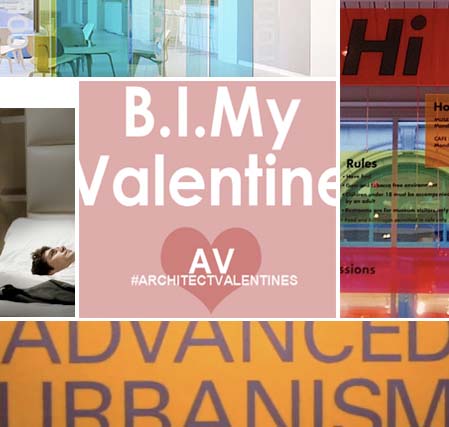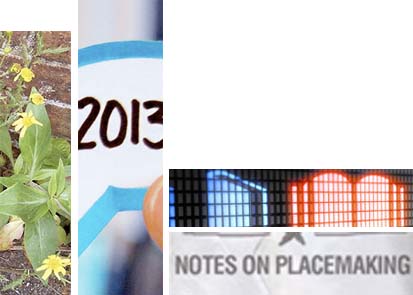HOK's secret to productivity. Manaugh and the fifth wall. Lake|Flato on the environmental imperative. Deep fried America by HDR. Gensler's maximum connectivity.

Secret to productivity. Daphne Kiplinger, who works in HOK’s Washington, D.C.’s office, explores increased productivity and relaxation in the workplace, citing in recent article in the New York Times.
“No matter how productive we are, we cannot come up with more time. What we can control, however, is the amount of energy we have to spend on accomplishing these tasks. Energy may not be infinite, but it is renewable, and it is in our power to find ways to renew it.” – Daphne Kiplinger
Via HOK Life
Relax, You’ll Be More Productive Via New York Times
The fifth wall. Geoff Manaugh examines Petro Vlahos, who passed away this week and was "the pioneer of blue- and green-screen systems" in cinema, of highly specific recoloring of certain surfaces in the everyday built environment that allows "filmmakers to superimpose actors and other objects against separately filmed backgrounds" to walls that aren't really there.
While “these sorts of walls and surfaces are not architecture, we might say, but pure spatial effects, a kind of representational sleight of hand through which the boundaries and contents of a location can be infinitely expanded. There is no "building," then, to put this in Matrix-speak; there are only spatial implications. Green screen architecture, here, would simply be a visual space-holder through which to substitute other environments entirely: a kind of permanent, physically real special effect that, in the end, is just a coat of paint.” – Geoff Manaugh
Via BLDG Blog
The environmental imperative. Bob Harris, a partner at Lake|Flato, discusses in a video how people find themselves living in deprived nature conditions, but how designers of the built environment can learn to reconnect people to land, beauty and themselves.
“Certain individual designers possess a particular bio-intuition that manifest itself in what has become known as biophilic elements of design. Could this explain why such works of design universally appeal? It may be that through a better awareness of our own cognitive wiring we might learn to reconnect to a beauty in nature that we have forgotten and build places that speak to the soul.” – Bob Harris
Via The Dogrun
Deep fried America. Steve Goe, Director of Healthcare Strategy at HDR Architecture, writes on how the future need for hospitals will be substantially reduced and restricted to the care of the most acutely ill patients who require intensive care and monitoring, providing challenges for health planners and architects to create spaces that are intended to transform as health delivery evolves.
The County Fair, where deep fried treats are introduced, is one example of people not taking responsibility for their health and contributing to the epidemic of obesity and chronic diseases. Healthcare facilities may become like “retail malls, where the procedural rooms, imaging and intensive care beds are the anchor tenants, and the rest of the facility is constantly changing its ‘stores’ over time through tenant improvements.
Via http://blink.hdrinc.com/deep-fried-america
Maximizing connectivity. Hao Ko, a principal and design director in Gensler’s San Francisco office, discusses the new corporate headquarters of NVIDIA, a Silicon Valley visual-computing pioneer, and how the new facility reflects their core belief that their people are their greatest asset.
Gensler is designing a building that allows staff to work together more efficiently while capturing the culture of their work—a building that is a physical manifestation of the soul of their company. Phase 1 of the new headquarters in Santa Clara will be a two-story building where the experience of moving through the building is one of unimpeded flow for the estimated 2,500 building occupants.
Via GenslerOn Work




